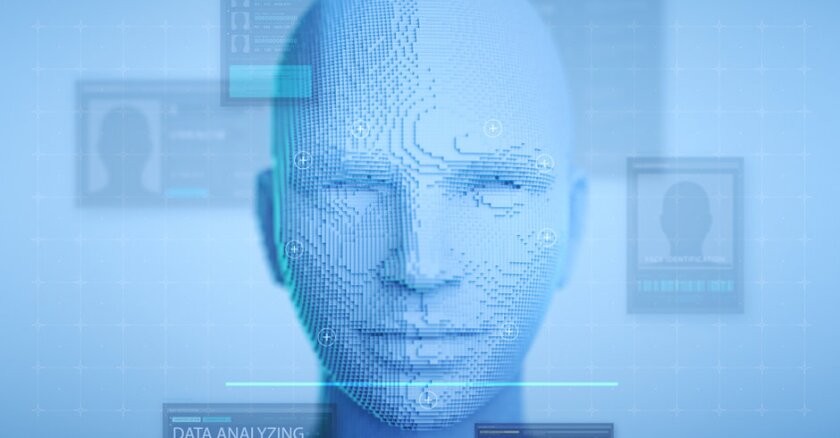Credential Authentication Technology (CAT-2) verifies the identity of travelers by matching the photo on their identification with a photo taken at the TSA checkpoint. This new system was implemented at the airport on Wednesday, said Karen Keys-Turner, TSA's federal security director for the airport.
"It's another element of security and is another means to validate identification media," she continued. "It matches with a boarding pass so that we know who's flying on the aircrafts each day."
After checking in with their respective airline, travelers make their way to TSA screening, hand their identification to an officer, look into the camera, and continue into the TSA checkpoint once the identification is verified.
The system alerts authorities if someone presents identification that is fraudulent, using technology that can identify where the identification is from, if it is expired, fake, or if it matches with the traveler's real-time photo, said Patrick Hugar, instructor for TSA at the airport.
"We have our enhanced security feature alert and there's a lot of embedded security features in these IDs," he continued. "The system is letting us know about something that could be off on the ID for us to look at. We have a jurisdiction test: For example, this document that we have is saying it's from Georgia, but the barcode on the back, which obviously has information we can't see, is telling us it's a Connecticut driver's license. So that's a pretty good sign that we are dealing with a fraudulent ID in that case."
CAT-2 units are able to authenticate more than 2,500 types of identification, including passports, military common access cards, uniformed services identification cards and United States visas, according to TSA officials. Once travelers' photo identification has been matched with a real-time photo, the real-time photo is permanently deleted.
Boarding passes will also come up when travelers' identity is verified, meaning they do not have to show a boarding pass during screening. But boarding passes will still need to be shown at the gate before boarding a flight, officials said.
Travelers can opt out of the facial recognition screening process in favor of another identity verification method.
If someone prefers to opt out, they can tell the TSA officer, who will turn off the camera, according to officials. Their identification will then be inserted and verified without the use of facial recognition, but the system can still detect fraudulent identification, officials said.
Ms. Keys-Turner was unable to say how many airports across the country currently have the CAT-2 system, but said it is something that TSA has been rolling out. The new security measure should add no time to TSA's screening process, she added.
"The main difference that you'll see is a quick photo," she continued. "It takes about five seconds to do that. You're going to see essentially the same processing time."
©2024 the Pittsburgh Post-Gazette, Distributed by Tribune Content Agency, LLC.








